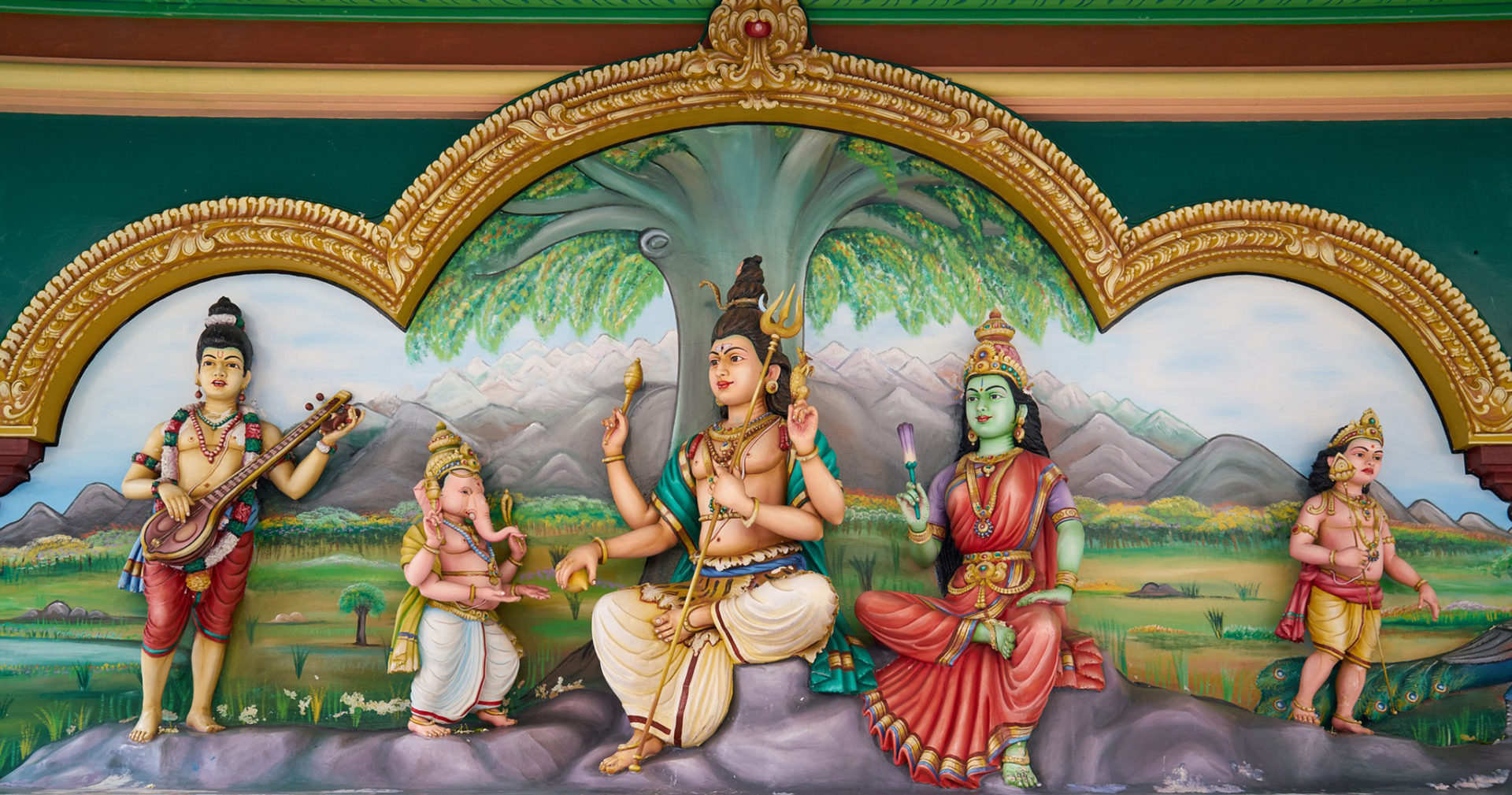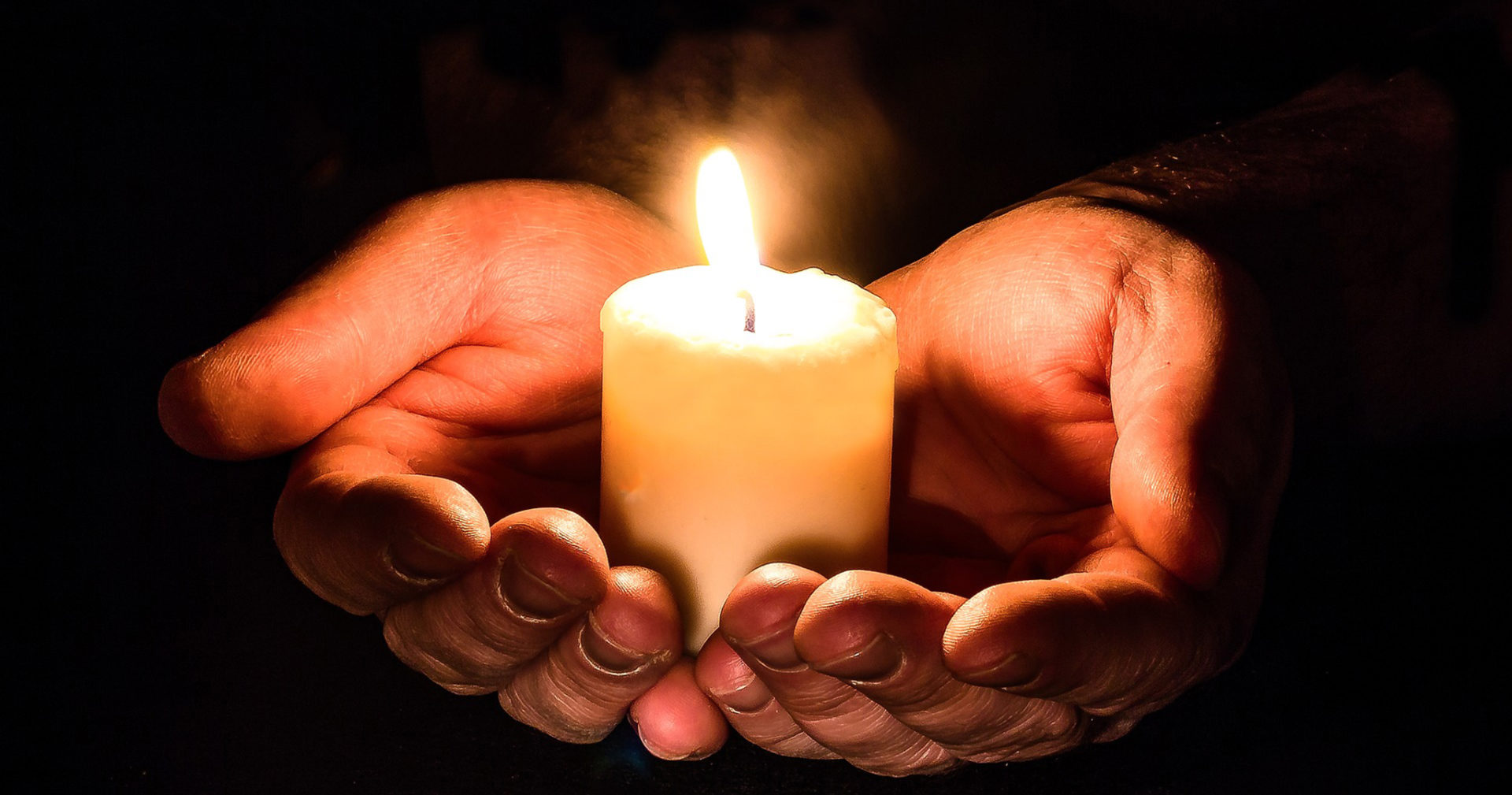One belief in Hinduism is that of reincarnation. The belief that one would die and be reborn as many times as need be until they obtain Moksha, the ultimate goal of all Hindus. This cycle of death and rebirth is known as the Samara. A person’s quality of life typically determines what caste they would belong after rebirth. The higher the caste, the more the blessings.
The Samsara is said to have begun with religious movements at about the first millennium BCE. These movements include Hinduism, which believes that life is a complicated and repeated process of death and rebirth. They think it as bondage, and Moksha, the liberation.
Basically, people build up karmic connections through their actions. It could be good or bad. It is all dependent on how one has lived. If you live a life of devotion, free of troubles, you transcend into a higher caste, which as aforementioned, depicts more blessings, if you have lived a life causing chaos and increasing pain in the society, you transcend into a lower caste.
Also known as vimoksha, vimukti, and mukti, moksha is the total liberation from the cycle of death and rebirth. Its attainment is the highest goal in Hinduism. A state of freedom and liberation into a higher consciousness. It is derived from the Sanskrit muc which translates to being free, liberation. Moksha is the fourth goal of Hinduism. It is achieved only by overcoming the desires of the flesh, and all worldly sentiments, and living a life of benevolence. It is attainable both in the present lifetime and after death. To further buttress what it embodies, is to simply put that, it is a state where oneness with Brahman, the ultimate reality is attained. A state of peace and blessedness. This stage is known as the paripurna-brahmanubhava; the experience of oneness with Brahman.
Moksha is however thought somewhat differently by the varying school of thoughts in Hinduism. While it is thought of as liberation from the samsara, i.e., the cycle of death and rebirth, it is thought by others to be the end of the sufferings that are accompanied by the cycle of death and rebirth. Moksha is also referred to as kaivalya by some.
In some schools of thought in Hinduism, when Moksha has been attained by an individual during his/her lifetime, it is referred to as jivanmukti, and the person who experiences this liberation, is called the jivanmukta, which translates to self-realized person. Moksha after death is however, referred to as videhamukti.
There are no definite and stipulated ways on how everyone can achieve Moksha. The Hindu books reveal that there are many different paths, all of which lead to liberation. Liberation which has been earlier stated to mean being in a state of oneness with Brahman. A state of absolute detachment from vanity and the outside world, a state of quietness and absolute control of the thoughts, which accordingly, is referred to as the ultimate form of bondage and liberation. This is because the mind suggests multiple thoughts to us, both positive and negative all day long. All of which create noise and some form of chaos in our mental state, disrupting our ability to concentrate and remain in oneness with the Brahman. When one is incapable of quieting their minds, and harmonizing with the Supreme Being, they remain in the state of bondage. However, when they are able to overcome the desires and temptations suggested by the mind, then they can achieve Moksha. The Hindu scriptures rightly states that if one cannot wield total control of their mind, they lack the weapons necessary to achieve Moksha.
In clearer terms, the Upanishads mention that the mind is basically of two kinds. The pure and impure. It is referred to as impure when it is brimming with desires of the flesh, and pure when it gains freedom from them.
Although the paths and processes to attaining Moksha are endless, there are three paths which could be termed as a summary of what the road to achieving Moksha would seem like. They are;
- The karma yoga, also known as the path of action.
- Bhakti yoga, which is the path of devotion.
- Jnana yoga, or the path of knowledge.
As countlessly stated, Moksha comes when one achieves oneness with God. However, there are different basic schools of thought regarding the nature of what oneness with Brahman indicates in Hinduism. One of these thought, and perhaps, most prominent is the Advaita Vedanta, otherwise known as non-dualism. It is the belief that a person’s spirituality is tied to the ultimate reality, Brahman. Its doctrine is that total submission to Brahman is the way to achieve Moksha.





